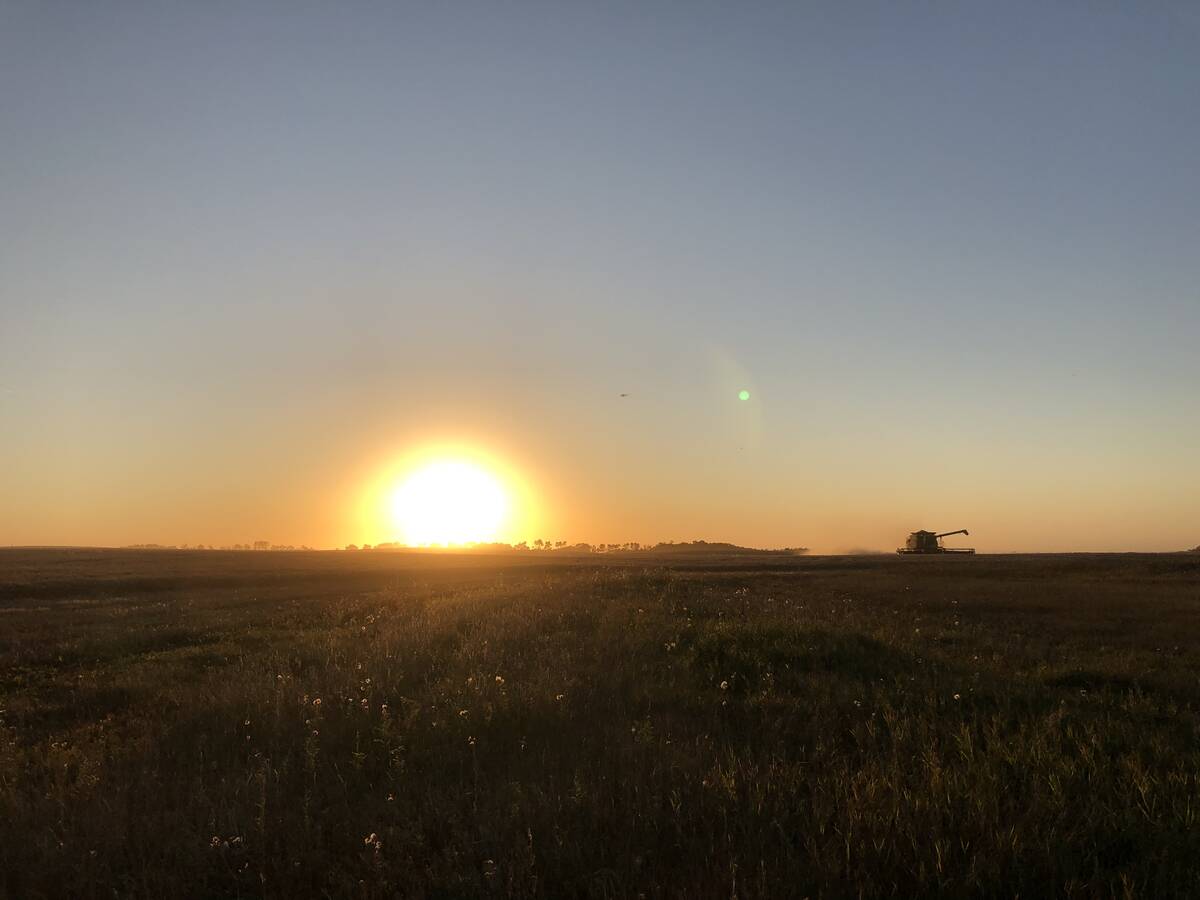Weather researchers at the University of British Columbia are using a high-resolution grid system to develop higher-detail two-day forecasts of changing weather conditions in the province.
While professor Roland Stull of UBC’s earth and ocean sciences department has been using complex computer programs to make forecasts this specific since 1996, he and his team have developed a system to digest the data and make the forecasts publicly available.
“We’re proud to be in British Columbia making British Columbia forecasts — it seemed a shame that the general public couldn’t benefit from them,” Stull said in a UBC release.
Read Also

Record large Canadian wheat and canola crops: Statistics Canada
Canadian wheat and canola production in 2025/26 (Aug/Jul) surpassed early expectations to hit new record highs, according to updated survey-based estimates from Statistics Canada released Dec. 4.
“It didn’t happen by accident, though,” he said. “I kept working with my students to fine-tune the forecast diagrams. It took a lot of tweaking to get it to the point where it worked.”
“Sometimes I use it to plan when I should go for a run, in the morning or in the evening,” Thomas Nipen, a third-year Ph.D. student in Stull’s lab helping to develop the programming, said in the release.
“It shows a little bit more information; you can see the changes during the day. This will tell you when it will be warm and when it will be rainy.”
To generate such a specific and local forecast, Stull breaks the province up into a 3-D checkerboard of 1.3-km-wide squares. Stull’s squares are smaller than those areas routinely used by Environment Canada and also have “very detailed” information about B.C.’s mountains.
“The result is a high-resolution forecast tailored for Western Canada,” UBC said.
A computer runs different codes to generate forecasts for each checkerboard square, and each code, or model, gives Stull a different opinion of what the weather will be like, the university said.
The different forecasts often are plotted onto a “spaghetti diagram” of thin coloured lines. Stull and his team now summarize the results for public consumption in the form of diagrams that show the range of possible forecasts.
Educational use only
Stull and undergraduate student Dominique Bourdin have also developed a program to generate 14-day forecasts for 60 different geographic locations in the province for an energy company.
Now, as a master’s project, Bourdin is working on generating easy-to-read wind predictions for those areas, with which the unnamed company plans to make decisions about wind power development in B.C.
“You have to forecast for wind power because you can’t store it,” she said. “The best way to integrate wind-generated electricity is to have really high-quality forecasts.”
The publicly available forecasts come with a stark disclaimer, however, stressing that they “are not provided as a commercial product” and may not be used “for any commercial purpose, planning, or scheduling any activities.”
UBC’s disclaimer also specifies that the tightened-up two-day forecasts are provided “for research, educational and demonstration uses only, and should be used with caution and prudence.”
The disclaimer goes on to say the forecasts “have not been sufficiently validated for operational use, and should not be used for such purposes.”
Environment Canada remains the authority for operational weather forecasting in Canada, UBC’s disclaimer adds. “Our data is not an alternative or substitute for the official Environment Canada weather forecast.”















